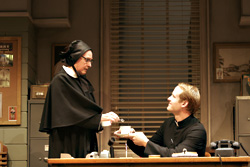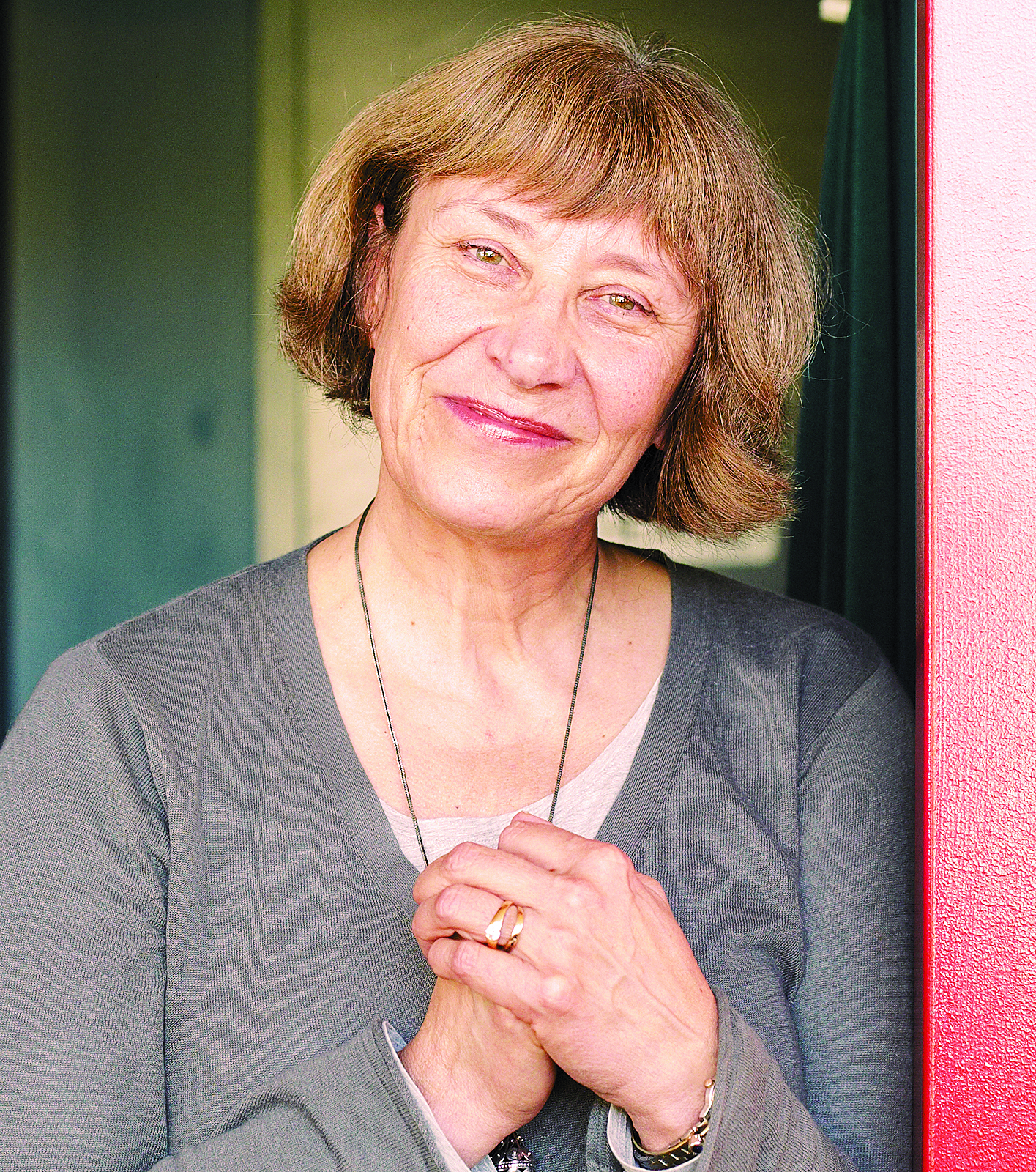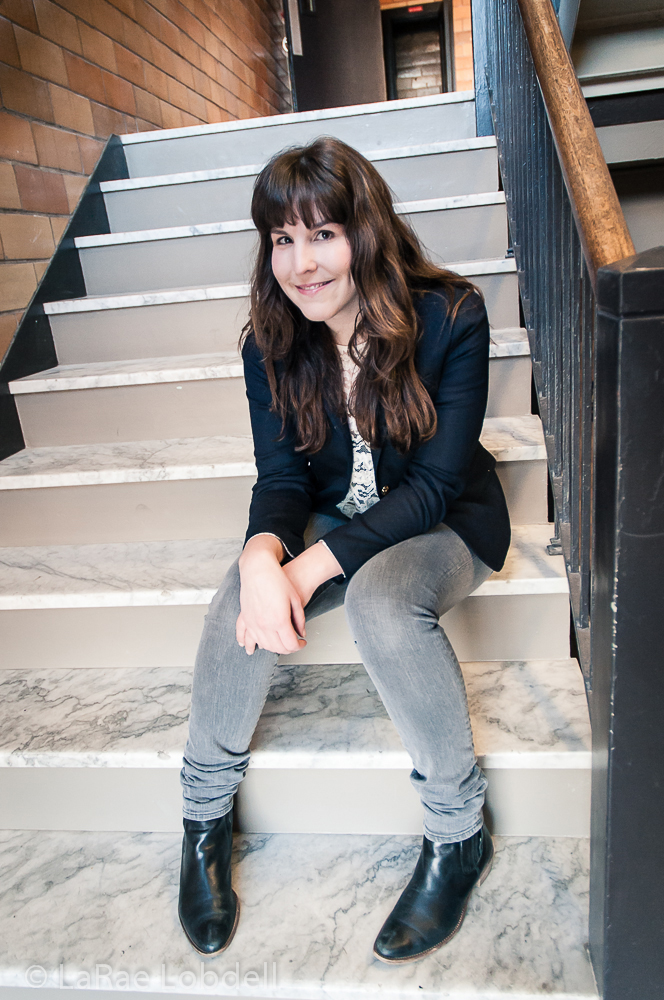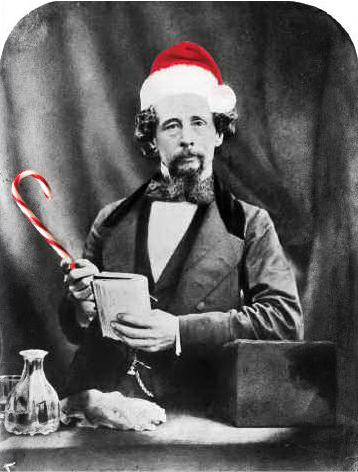American Theatre Magazine, written by and for theater geeks, has just come out with its annual Season Preview, listing what all the major nonprofit U.S. theaters will present this year. While there’s a bracing amount of variety, there’s also a striking sameness, evidenced by the Top 10 list of most-chosen shows. Four of them—Doubt, Moonlight and Magnolias, Gem of the Ocean, and The Clean House—were presented in Seattle last season (by the Rep, ACT, and Intiman). Two more—The Little Dog Laughed and The Diary of Anne Frank—are on Intiman’s schedule this year.
What makes these scripts so hot? How does a play suddenly become the must-get item? It turns out to be a bit of a mystery.
“I can remember The Clean House made the rounds of a lot of new-play festivals before suddenly it was a hit,” recalls Braden Abramson, the Rep’s literary manager, whose job includes finding new and exciting scripts to pass on to his boss. “But I can’t remember what made that happen.”
“Whatever it is, it isn’t the zeitgeist,” laughed the Rep’s casting director, Jerry Manning, when I tossed that question at him at a recent after-show party. Indeed, the more one looks at the Top 10 list, the less relevant it looks, and little wonder; the majority of these scripts have gone through countless workshops and festivals and are as germane to current headlines as magazines at a garage sale. (The one noteworthy exception is Heather Raffo’s 9 Parts of Desire, a solo performance that reveals a cross section of the lives of Iraqi women.)
Do theaters just gravitate to whatever play has won the most awards? Perhaps. Doubt—which won a Tony, an Obie, a Drama Desk, and a Pulitzer in 2005—will receive 35 productions nationally this next year, thanks not only to its awards sweep but to the fact that with its regional premiere out of the way, the agent has opened the rights up nationally. But the majority of the pieces on the list—including Moonlight and Magnolias, The Little Dog Laughed, and The Clean House—were at best runners-up to larger awards, with only one play, Rabbit Hole, a recent winner (this year’s Pulitzer). The two other major award winners—August Wilson’s The Piano Lesson and The Diary of Anne Frank—garnered their plaudits in 1990 and 1956, respectively.
An exciting new production can make a piece suddenly hot, as is the case with Anne Frank. The somewhat sentimental script by Frances Goodrich and Albert Hackett was updated by Wendy Kesselman in 1997, but it was Tina Landau’s production at Steppenwolf this spring that made it suddenly attractive. Artistic directors flocked to see the production, and those who couldn’t make it there picked the script up again to see what they may have missed.
Popularity is also clearly driven by the New York–centric attitude of both artists and theater audiences. The New York Times still remains the most powerful paper in the country as far as theater is concerned, and New York–based playwrights who set their plays in the Big Apple automatically advance several spaces with these critics. (This sometimes leads to bewilderment for Seattleites—I can still remember the repeated blank stares of the audience a few years back when ACT presented Donald Margulies’ Collected Stories, a play stuffed with inscrutable references to the East Coast literary world.)
My impression is that the artistic directors at the Rep, ACT, and Intiman are all doing a better job at finding more interesting plays, and reaching beyond the Top 10, than their predecessors—Warner Shook, Gordon Edelstein, Sharon Ott, and Dan Sullivan. And certainly plays like Doubt are worth fighting to bring here; in my estimation, its awards were more than justified. But the American Theatre list is, we should remember, not a list of the best or the most exciting or the most esteemed plays. It’s a list of the most popular, and we should expect our nonprofit theaters to bring us work that’s more than just that.








